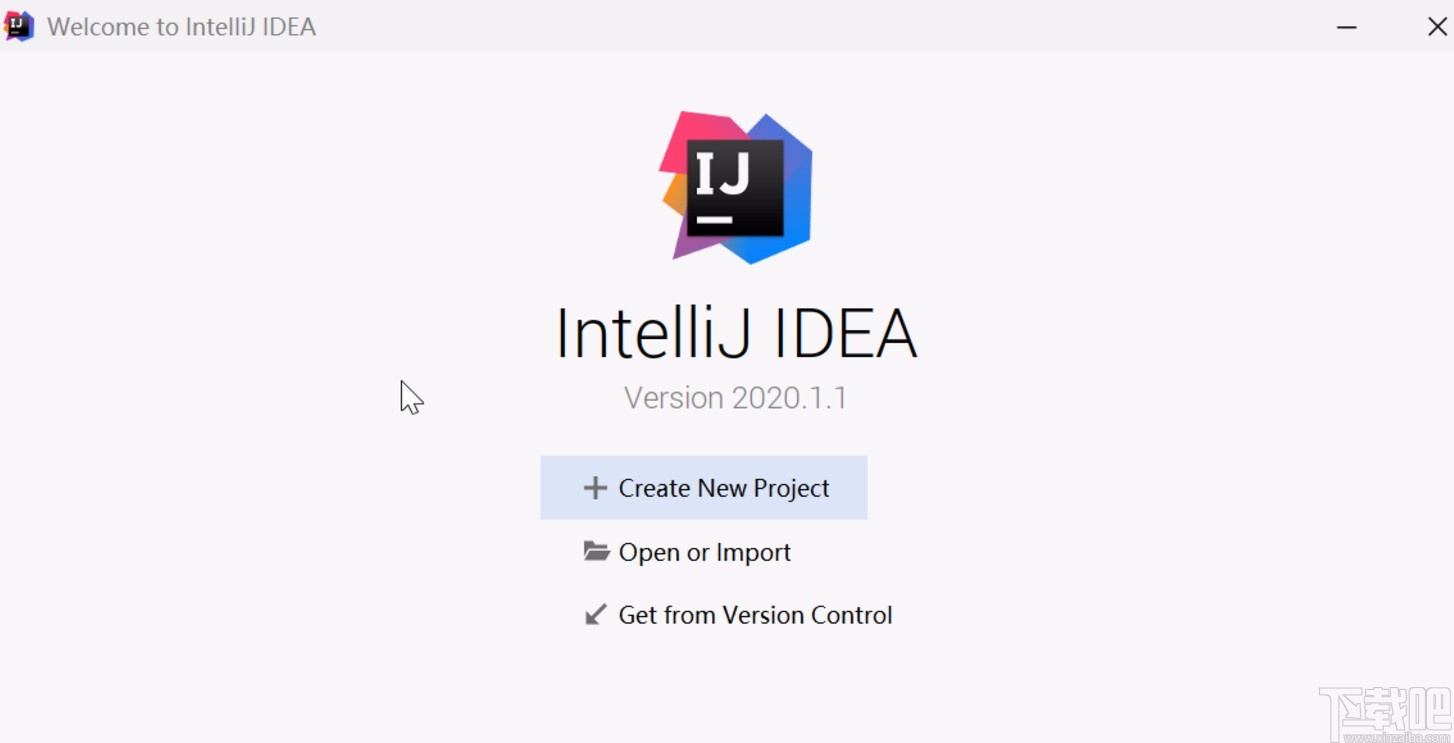ajax post下載flask文件流以及中文文件名問(wèn)題
ajax post下載文件
后端返回文件流,flask中可使用 return send_file(文件路徑) 返回二進(jìn)制文件流,在headers中傳送文件相關(guān)信息(如文件名)。
前端使用 URL.createObjectURL() 創(chuàng)建創(chuàng)建一個(gè) DOMString URL對(duì)象,創(chuàng)建一個(gè) a 節(jié)點(diǎn),將URL對(duì)象賦給a節(jié)點(diǎn)的 href 屬性,最后調(diào)用 click() 方法點(diǎn)擊該 a 節(jié)點(diǎn)即可彈出瀏覽器下載框。
展示圖片
方法同上,將 a 改成 img , href 改成 src 即可,將URL對(duì)象寫(xiě)入到目標(biāo)img標(biāo)簽的src即可。
另一種方法是后端返回圖片轉(zhuǎn)base64的字符串,src的值形如 "data:image/svg+xml;base64,${base字符串}" 。(這里的 svg+xml 表示圖片格式是svg,如果是png則改成png)
中文文件名亂碼
http headers中直接傳輸中文文件名,比較簡(jiǎn)單的方法是后端進(jìn)行url轉(zhuǎn)碼(這里使用python的 urllib.parse.quote ),前端使用 decodeURI() 解碼。
此外還可以設(shè)置headers的 Content-Disposition: attachment; filename*=UTF-8""xxxxx ,不過(guò)兼容性嘛……麻煩還不如直接urlcode算了,而且也懶得設(shè)置 Content-Disposition 了,前端從 Content-Disposition 中取 filename 也是夠麻煩的,會(huì)取到一長(zhǎng)串字符串然后自己再想辦法取出來(lái) filename= 后面的信息。
代碼如下:
flask
from urllib.parse import quote
@file.route("/download", methods=["POST"])
def download_file():
filename="xx" #文件名
filepath="xx/xx" #文件路徑
res = make_response(send_file(filepath))
#自定義的一個(gè)header,方便前端取到名字
res.headers["filename"] = quote(filename.encode("utf-8"))
return res
javascript——以async異步fetch為例:
async function download() {
const res = await fetch(`http://xxx/file/download`, {
method: "POST",
body: JSON.stringify({}), //body里面是要發(fā)送的數(shù)據(jù)
headers: { "Content-Type": "application/json" },
responseType: "blob"
})
if (res.ok) {
const blData = await res.blob() //拿到blob數(shù)據(jù)
const urlObjData = window.URL.createObjectURL(new Blob([blData])) //創(chuàng)建url對(duì)象
//獲取文件 進(jìn)行下轉(zhuǎn)碼
const fileName = decodeURI(fileNameres.headers.get("filename"))
//創(chuàng)建a標(biāo)簽 點(diǎn)擊a標(biāo)簽 達(dá)到下載目的
const link = document.createElement("a")
link.href = urlObjData
link.download = fileName //下載文件的名字
document.body.appendChild(link)
link.click()
document.body.removeChild(link)
window.URL.revokeObjectURL(urlObjData);
//展示圖片
//xxx.src=urlObjData
}
}
ps:flask下載文件---文件流
html:
<a name="downloadbtn" href="/downloadfile/?filename=/root/allfile/123.txt">下載</a>
py:
@app.route("/downloadfile/", methods=["GET", "POST"])
def downloadfile():
if request.method == "GET":
fullfilename = request.args.get("filename")
# fullfilename = "/root/allfile/123.txt"
fullfilenamelist = fullfilename.split("/")
filename = fullfilenamelist[-1]
filepath = fullfilename.replace("/%s"%filename, "")
#普通下載
# response = make_response(send_from_directory(filepath, filename, as_attachment=True))
# response.headers["Content-Disposition"] = "attachment; filename={}".format(filepath.encode().decode("latin-1"))
#return send_from_directory(filepath, filename, as_attachment=True)
#流式讀取
def send_file():
store_path = fullfilename
with open(store_path, "rb") as targetfile:
while 1:
data = targetfile.read(20 * 1024 * 1024) # 每次讀取20M
if not data:
break
yield data
response = Response(send_file(), content_type="application/octet-stream")
response.headers["Content-disposition"] = "attachment; filename=%s" % filename # 如果不加上這行代碼,導(dǎo)致下圖的問(wèn)題
return response
沒(méi)有文件名,和文件格式,遇到這種情況,打開(kāi)F12,查看response.headers 與正常的比較
總結(jié)
到此這篇關(guān)于ajax post下載flask文件流以及中文文件名的文章就介紹到這了,更多相關(guān)ajax post下載flask文件流內(nèi)容請(qǐng)搜索以前的文章或繼續(xù)瀏覽下面的相關(guān)文章希望大家以后多多支持!
相關(guān)文章:
1. 快速解決ajax返回值給外部函數(shù)的問(wèn)題2. ThinkPHP5 通過(guò)ajax插入圖片并實(shí)時(shí)顯示(完整代碼)3. 利用ajax+php實(shí)現(xiàn)商品價(jià)格計(jì)算4. 不使用XMLHttpRequest對(duì)象實(shí)現(xiàn)Ajax效果的方法小結(jié)5. 關(guān)于Ajax跨域問(wèn)題及解決方案詳析6. axios和ajax的區(qū)別點(diǎn)總結(jié)7. 使用FormData進(jìn)行Ajax請(qǐng)求上傳文件的實(shí)例代碼8. Ajax請(qǐng)求超時(shí)與網(wǎng)絡(luò)異常處理圖文詳解9. 一篇文章弄清楚Ajax請(qǐng)求的五個(gè)步驟10. AJAX實(shí)現(xiàn)數(shù)據(jù)的增刪改查操作詳解【java后臺(tái)】

 網(wǎng)公網(wǎng)安備
網(wǎng)公網(wǎng)安備